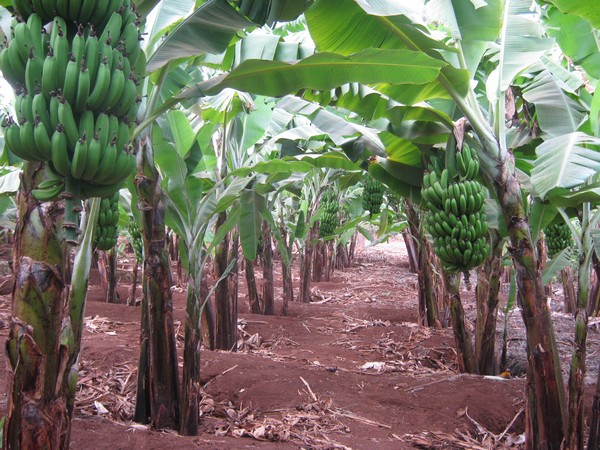
A principal scientist at Plant Biotechnology at International Institute of Tropical Agriculture (IITA) in Kenya has, through genetic orientation, found a solution to banana streak virus, a deadly banana disease that threatens to make it impossible to grow the crop.
The banana streak virus can not only be spread from plant to plant by insects like most plant viruses but also integrates its DNA into the banana’s genome. The disease is a significant constraint to banana production in Kenya.
However, Leena Tripathi at IITA has now used the CRISPR genome editing method to target and destroy the viral DNA inside the genome of a banana variety called Gonja Manjaya.
According to the scientist, the plan is to use these plants to breed virus-free plants for farmers. Her team is also using CRISPR to make the bananas resistant to the virus, so they are not simply re-infected.
RELATED ARTICLE: Scientists develop banana variety which is resistance to deadly bacterial wilt disease
But the legal status of genome-edited plants in the West African countries where Gonja Manjaya is grown remains uncertain. “I think right now they are in discussions about whether it requires legislation,” said Tripathi.
The banana streak virus does not infect banana especially the popular Cavendish banana but a fungal strain called Tropical Race 4 is devastating Cavendish plantations as it spreads around the world.
Before the 1960s the most popular banana was the reportedly more delicious Gros Michel, which farmers had to stop growing because of the spread of another fungal strain called Tropical Race 1.
RELATED ARTICLE: New banana varieties resist black streak disease
Because the Cavendish is a sterile mutant that can only be propagated by cloning, there is no way to breed resistant varieties. Instead, several teams worldwide are trying to use CRISPR to make it resistant to Tropical Race 4.
An Australian team has already genetically engineered the Cavendish to make it resistant by adding a gene from a wild banana. But because of the opposition to GM food worldwide, this variety may never be grown commercially.
Using CRISPR is seen as preferable because some countries including the US do not regard genome edited plants as transgenic, depending on what has been done.
RELATED ARTICLE: New banana disease puts 85 percent of East Africans at risk of starvation
















Comments powered by CComment